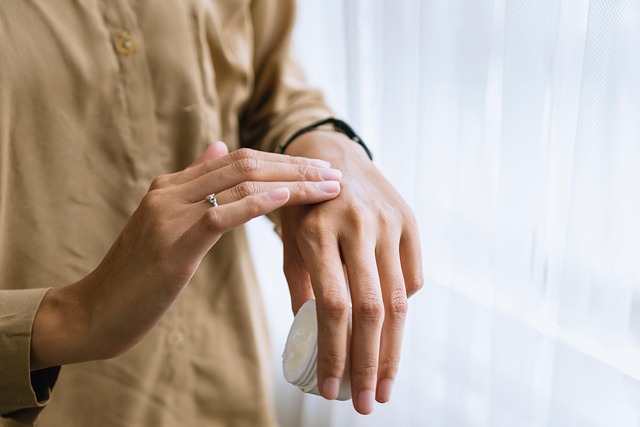Scalp microbiome basics: gentle practices to balance the ecosystem
A balanced scalp microbiome supports healthier hair and skin by maintaining moisture and a resilient barrier. This short guide outlines gentle daily habits, product choices, and protective measures to support follicles, reduce frizz, and manage sensitivity without overloading strands.

The scalp hosts a diverse microbiome that interacts with oil production, moisture levels, and barrier function. Keeping this ecosystem balanced helps reduce irritation, improve follicle health, and support overall strand quality. Gentle routines that respect natural oils, targeted cleansers, and protective measures such as sunscreen for exposed areas can all play a role in maintaining scalp equilibrium while minimizing frizz and sensitivity.
This article is for informational purposes only and should not be considered medical advice. Please consult a qualified healthcare professional for personalized guidance and treatment.
How does the scalp microbiome affect moisture and hydration?
A healthy microbiome contributes to balanced moisture and hydration by supporting the scalp’s natural barrier and oil production. When beneficial microbes thrive, they help regulate sebum levels that keep the skin from becoming too dry or too oily. Overwashing or using harsh cleansers can strip protective oils, disrupting hydration and making the scalp more prone to dryness, flaking, or increased sensitivity. Aim for products and frequency that preserve natural oils while removing dirt and product buildup.
What role do follicles and dermal layers play in balance?
Follicles are the microscopic structures where strands originate, and the dermal layer beneath the surface supplies nutrients and support. Inflammation or irritation at the dermal level can affect follicle function, leading to weaker strands or changes in texture. Supporting blood flow, avoiding abrasive treatments, and maintaining a non-irritating routine helps keep follicles healthy. Gentle scalp massages, moderate exfoliation when needed, and attention to sensitivity can improve local circulation without upsetting the microbiome.
Which cleansers and routine steps support microbial balance?
Choose mild, sulfate-free cleansers that remove excess oil and residue without stripping protective lipids. A balanced routine considers cleansing frequency, conditioning, and occasional clarifying when product buildup is present. For many people, shampooing every 2–3 days preserves natural oils while keeping the scalp clean; however, individual needs vary with activity level and hair type. Combining a gentle cleanser with a lightweight conditioner focused on the lengths rather than the scalp can reduce frizz and protect strand integrity.
How do antioxidants and ceramides help the skin barrier?
Antioxidants neutralize environmental stressors that can harm skin cells in the dermal and epidermal layers, while ceramides support the lipid matrix that forms the barrier. Topical formulations containing antioxidant ingredients can help protect the scalp from oxidative damage, and ceramide-containing products can bolster barrier repair when barrier function is compromised. Look for balanced formulations that address barrier support without leaving heavy residue on the scalp or clogging follicles.
How can you protect strands from frizz and sun-related damage?
Managing frizz involves keeping cuticles smooth and maintaining adequate moisture in strands. Lightweight leave-in treatments that provide hydration without weight, along with occasional deeper conditioning for dry hair, can reduce frizz. Sunscreen for the scalp or protective headwear is important when spending extended time in the sun, since UV exposure can degrade proteins in both scalp skin and hair. Protecting the scalp’s barrier with appropriate sun protection helps preserve dermal health and follicle resilience.
When should care be adjusted for sensitivity or product reactions?
If sensitivity, itching, or persistent redness appears, simplify the routine and remove potential irritants such as fragrances or strong actives. Patch testing new products on a small skin area can reveal reactions before broader use. For chronic or worsening symptoms, seek evaluation from a dermatologist or healthcare provider, as underlying conditions can require specific approaches. Adjustments might include less frequent use of clarifying agents, switching to hypoallergenic formulas, or incorporating barrier-supporting ingredients.
Conclusion Balancing the scalp microbiome is about consistent, gentle care that maintains moisture, supports barrier function, and avoids unnecessary disruption to follicles and dermal layers. Thoughtful cleanser selection, hydration strategies for strands, and protective steps like antioxidant support and sun protection can help preserve scalp health. Observing how your scalp responds and adapting a routine to your sensitivity and lifestyle will guide you toward a steady, balanced ecosystem.





